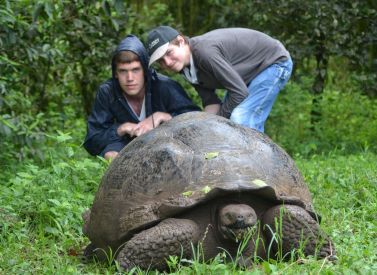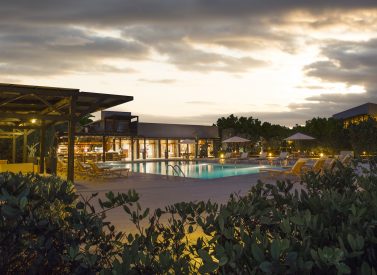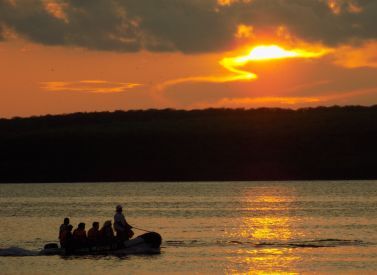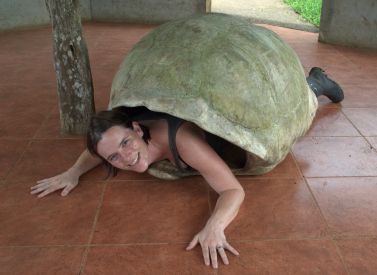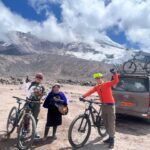
Galapagos Active Adventure Tour
Hotel based, active adventure holiday in the Galapagos Islands
We combine snorkelling, biking, hiking and sea kayaking in a unique itinerary taking in the highlights of these magical islands.
Snorkel with playful sea lions, watch sharks and giant manta rays, or just enjoy the company of the Galapagos giant tortoise.
As well as the wildlife, by staying on the islands you get a feel for the culture of the people who live on the Galapagos.
Depending on the size of your group, you will have one guide for the whole trip or different guides on each island. Some day excursions will be shared.
Go home with memories that will last a lifetime with our trip that blends wildlife, activity, relaxation and fun!
Guided shared trip
On this adventure holiday, you will explore three islands by land, sea and small plane, using shared transportation.
Enrich your adventure with the perspectives of the different knowledgeable and experienced guides who will accompany you and ensure you experience the islands to the fullest.
Kick back at our comfortable and well-located hotels. We’ve included breakfast and some lunches while you’re out on an excursion but most days you will be free to choose from a range of typical local restaurants, allowing you to eat what and where you want.
Trip Highlights
Print Share Download as PDF-
Sea kayak alongside sharks, marine iguanas, sea turtles, and playful sea lions.
-
Snorkel with tropical fish, rays, sea lions, and sharks.
-
Bike along unspoiled coastlines.
-
Stroll among giant Galapagos tortoises in their natural environment.
-
Hike around the rim of a vast active volcano crater.
-
Visit three of the four inhabited islands and explore the local food and culture.
-
Unwind on beautiful beaches with sea lions and marine iguanas.
Really had a great time. Guide on Galapagos first rate and he really helped make the tour. Loads of experience and born in the islands.
Good people person and he really helped get best out of holiday.
Y.Chen, Galapagos
Full Itinerary
Day 1: Arrive Quito
Today, we will meet you at Quito Airport and transfer you to the hotel.
You’ll have time to acclimatize and, if you’d like, visit the old town, to soak up the rich culture and colonial architecture, as well as trying some of the local cuisine. Let us know if you’d like a guide (extra cost).
At around 6p.m., join us for a briefing session where you will meet your guide and fellow travellers and get some handy tips and info for the trip ahead.
Overnight: Hotel Dann Carlton or similar
Day 2: Galapagos: San Cristobal - Interpretation Centre, Tijeretas Hill and snorkelling (B)
This morning a representative will meet you in the hotel lobby to help with your airport transfer and departure process before our flight to San Cristobal Island in the Galapagos. On arrival, we check in at our hotel and have a leisurely lunch, as we settle into island pace.
After lunch is a visit to the Galapagos National Park Interpretation Centre, where our guide will offer us insight into the archipelago’s fascinating ecosystem, its important role in environmental research and conservation, and the wildlife that lives here.
This is followed by a scenic hike along paths to Frigate Hill, a viewpoint offering views of the coastline and surrounding islands. As we head up, look out for the magnificent frigate birds with their striking red throat pouches as well as Darwin’s finches, mockingbirds, and possibly the rare Chatham mockingbird.
Our adventure continues with our first dip into Galapagos waters! We snorkel along the shores in the clear, refreshing waters in search of sea lions and sea turtles. We return to the hotel for some downtime.
Overnight: Hotel Blue Marlin or similar
Day 3: Kicker Rock: Snorkelling, Local Culture (B,L)
We begin our day with a 50-minute boat journey across clear blue waters to iconic Kicker Rock. This volcanic formation rises 500 feet above the ocean, offering some excellent wildlife sightings.
Our first snorkelling session is in the channel that cuts through Kicker Rock, where we will be surrounded by a variety of marine life, including white-tip reef sharks, rays, sea lions, sea turtles, and schools of vibrant fish and we may even spot elusive hammerhead.
After our second snorkel, we stop at a white-sand beaches and have some time to relax in this isolated spot and enjoy the views. Lunch will be served on board.
In the afternoon, we return to town where we visit the home of the family of a local fisherman for an Ecuadorian cookery class. We’ll learn to prepare authentic dishes using local ingredients and as we cook, our hosts will share stories about life on the islands.
In the evening, you’re free to explore the town on foot and have dinner at a restaurant of your choice.
Overnight: Hotel Blue Marlin or similar
Snorkel gear
If you prefer to bring your own snorkel gear, please do so. If you have a new mask it should be cleaned properly and used beforehand to make sure it isn’t going to fog up when you are on the hunt for that perfect underwater fish photo. If you wear glasses. You can wear contacts or visit a dive shop before coming to Galapagos to get a corrective lens mask if necessary.
Day 4: Isabela: Kayaking and Snorkelling (B)
After breakfast, we take a short inter-island flight to Isabela Island, one of the youngest and most geologically active islands in the Galapagos. This island is home to the iconic Galapagos giant tortoises, flamingos, Galapagos penguins, land and marine iguanas.
First, we check into our hotel and then have some time to have a wander along the sandy streets of the little town of Puerto Villamil and pop into its cafes and craft shops. Have lunch at a restaurant of your choice.
In the afternoon, we take to the water in our kayaks and head for Tintoreras, a small islet of volcanic rock with narrow underwater canyons full of marine life. As we paddle across the calm waters we’ll come across Galapagos penguins, blue-footed boobies, and sea lions will swim around our kayaks.
If you’d like to get into the water, this is also a great place to snorkel. Marine iguanas, sea turtles, and colourful fish can be seen in these calm waters.
We return to Puerto Villamil in the late afternoon. You are free to decide where to eat this evening, ask your guide for some recommendations. If you’re still not ready for bed then choose one of the beachfront bars to have a drink and enjoy the relaxed atmosphere of island life.
Overnight: Hotel Cormorant or similar
Day 5: Isabela: Biking (B)
Today we hop on our bikes for a ride along an exclusive trail where we see the diverse landscapes and ecosystems offered by Isabela Island..
We’ll start our journey at the wetlands, a mix of lagoons, swamps, and mangroves home to plenty of wildlife. These areas are great for spotting tropical birds like flamingos, herons, and finches.
Next, we’ll visit the Wall of Tears, an important part of the island’s history. Built by prisoners during the penal colony era in the mid-20th century, the wall tells a tough story of the hardships they faced, which our guide will explain in detail.
As we continue, we’ll stop at Playa del Amor. This spot is known for its black lava formations and large groups of marine iguanas. These fascinating creatures, unique to the Galapagos, can often be seen sunning on the rocks or swimming in search of algae.
One of the highlights of the day is the Tortoise Breeding Center. This place plays a key role in conserving the giant tortoises of the Galapagos. We’ll learn about the efforts to protect these amazing animals, see tortoises at different stages of life, and get a better understanding of the work being done to support their survival.
After about five hours of exploring, we’ll head back to Puerto Villamil. You can relax and enjoy the sunset while listening to the waves—a great way to wrap up the day on this lovely island.
Overnight: Hotel Cormorant or similar
Day 6: Isabela: Hiking Sierra Negra - Snorkelling at Tintoreras (B,L)
We head to the highlands of Isabela Island for a hike to Sierra Negra Volcano, which boasts one of the world’s largest volcanic calderas at nearly 6 miles wide. The round-trip trek is about 10 miles and offers amazing views of the surrounding landscapes and unique volcanic features.
As we walk along the caldera’s rim, we see the fresh volcanic material left from the 2018 eruption, which reshaped parts of the caldera. On clear days, there are sweeping views of the island, including Elizabeth Bay in the distance, known for its mangroves and marine life. Along the trail, keep an eye out for native birds like the Galapagos hawk, finches, and the vermilion flycatcher darting through the vegetation.
After the trek and lunch, we visit Tintoreras Islet, a dramatic volcanic formation surrounded by clear waters. The name comes from “tintorera,” the Spanish word for white-tip reef sharks, often seen resting in the shallow channels here.
We’ll go snorkeling in these lively waters, where you might swim with Galapagos penguins—one of the rarest penguin species—blue-footed boobies diving for fish, and schools of colourful fish. You may also spot sea turtles, playful sea lions, and marine iguanas.
If you’d rather stay on dry land, the views above water are just as amazing. The black volcanic rocks, turquoise waters, and plentiful wildlife make for fantastic photos.
After a full day of exploring, we’ll return to the hotel to unwind with an Ecuadorian wine-tasting session.
Overnight: Hotel Cormorant or similar
Volcano hike notes: From the National Park checkpoint, there’s about a 45-minute walk uphill to the rim of the volcano. The trail around the rim has only slight up and downs with a few short steep inclines. The lava fields of Volcan Chico are uneven and rocky in areas.
The path in and out is dirt: if it’s been raining, it could be muddy. There’s one proper bathroom at the beginning of the trail. The majority of walking is on level terrain and as long as you’re comfortable walking 4-6 hours, it’s definitely doable. If you have weak ankles, use athletic braces and wear hiking boots. If you have knee trouble, bring a hiking pole or two. This is a non-technical hike.
Day 7: Isabela: Snorkelling at Los Tuneles and El Finado (B)
Today, we head for Los Tuneles, a fabulous snorkeling spots formed by ancient lava flows. This unique site features natural arches, tunnels, and lagoons that create a stunning landscape above and below the water. It’s a haven for marine life and a dream destination for nature lovers.
As we navigate the area by boat, your guide will explain how these formations came to be and the ecosystems they support. On foot, we’ll explore the rocky arches and spot blue-footed boobies nesting. If we’re lucky, we might even see their famous courtship dance.
The snorkeling experience at Los Tuneles is equally unforgettable. In the crystal-clear waters, you’ll get to swim alongside white-tip reef sharks, sea turtles, brightly colored reef fish and sea lions, often curious and interactive.
After a delicious lunch on board, we’ll visit El Finado, another amazing snorkeling spot nearby. Once a resting place for fishermen, it’s now a thriving marine sanctuary where you can see manta rays and stingrays, octopuses and vibrant starfish.
If you’d prefer, just stay on board and bask in the landscape.
We’ll return to Puerto Villamil in the late afternoon, where you’ll have free time to relax.
Overnight: Hotel Cormorant or similar
Day 8: Santa Cruz: Charles Darwin Centre, Giant tortoises (B)
We start the day with a two-hour boat ride to Santa Cruz Island, the lively heart of the Galapagos. Upon arriving in Puerto Ayora, a Naturalist Guide from the Galapagos National Park will welcome us, assist with luggage, and lead us to our first destination, Charles Darwin Research Station, a hub for conservation in the Galapagos. This visit offers a close look at the challenges and successes of protecting the Galapagos’ fragile ecosystems.
In the afternoon, we’ll head to the lush highlands of Santa Cruz, a cooler and greener environment. At El Chato Reserve, you’ll get the rare chance to see giant tortoises in their natural habitat as they graze, roam, or cool off in mud pools.
The highlands are also home to diverse birdlife, including Darwin’s finches, Galapagos flycatchers, and the vermilion flycatcher. A walk through one of the island’s ancient lava tunnels will reveal the volcanic origins of the Galapagos.
We’ll also stop at a local craft brewery in the highlands to sample beers made with regional ingredients. You’ll learn about their sustainable brewing practices and enjoy flavors inspired by the islands.
Back in Puerto Ayora, you’ll have free time to explore town or take a walk to Tortuga Bay.
For a special evening treat, head to the docks after dark to see blacktip sharks, rays, and other marine life drawn to the harbor lights—a memorable way to end your day on Santa Cruz Island.
Overnight: Hotel Mainao or similar
Speedboat Crossings:
Residents and tourist alike use this method of transport regularly between the main inhabited islands. However, for this tour you’ll be on a private boat. Out on the open ocean, this is your best chance to see whales and dolphins. Each crossing takes about 2 hours. Less time if the sea is calm, more time if the sea is rough. Boats are usually 30-35 feet long and hold 20-30 passengers. You’ll be leaving bright and early most days when the sea is usually calm, but if you’re prone to seasickness or not sure, bring some seasickness pills just in case.
Santa Cruz Highlands notes: If it’s been raining, the farm can be muddy. The lava tunnel is damp, dark and rocky. There are lights in the tunnel, but if you have a headlamp, bring it. Closed toed shoes recommended and keep a rain jacket handy just in case.
Tortuga Bay notes: The trail to the beach is an easy walk on a nice path for about 45 minutes. Once you pass the National Park checkpoint at the entrance, there will be no bathrooms or shops to buy refreshments, so bring plenty of water and sunscreen. If you want to rent a surfboard or boogie board, you must rent one in town and carry the board with you. If you want to walk through the cactus forest, you’ll need shoes suitable for the rocky path.
Day 9: Transfer to Baltra Airport (B)
In the morning, we’ll pick you up from your hotel to ensure plenty of time for your transfer to Baltra Island Airport. As we cross the island, take in the final glimpses of the stunning landscapes that make the Galapagos so unique.
At the airport, board your flight back to mainland Ecuador, which typically takes 2-3 hours, usually with a brief stop in Guayaquil.
When you arrive in Quito, our team will meet you and transfer you to your hotel.
Overnight: Hotel Dann Carlton or similar
Day 10: Departure day (B)
Departure day! We’ll coordinate your transfer to the airport based on your flight schedule.
Safe travels, and we hope you leave with amazing memories of your Galapagos adventure!
Prices From $3,000 / £2,439 per person
What's Included?
Airport transfers, experienced Certified English-Speaking guides, land and water transport, inter-island flight from San Cristobal Island to Isabela Island on day 4, accommodation for nine nights, meals according to the itinerary, water and snacks at all time, biking gear: hybrid bikes, certified helmets and gloves, paddling gear: sit on top double kayaks and paddles, snorkeling gear: mask and fins
What's Not Included?
International or domestic flights, Galapagos transit control card INGALA ($20), Galapagos National Park fee ($200/children $100), Isabela Island fee ($10), meals not mentioned in the itinerary, tips for guides and drivers, travel insurance (mandatory), optional activities: Scuba diving option at Kicker Rock
Accommodation
This is an active, adventure-oriented trip but the hotels you will be staying at are comfortable and well-located.
Hotels – singles, twin, doubles and some triples and family rooms available.
Tour Staff
Our team of guides and expedition crews is composed of native Galapagueños, born and raised in the islands. They bring a wealth of knowledge about the flora, fauna, and cultural heritage of the Galapagos, including local cuisine and customs, providing a unique experience.
Our guides are seasoned professionals, experts in each activity we offer, and adhere to the highest standards set by international organizations. They are trained and licensed by the Galapagos National Park and continually update their knowledge with the latest research and information about the natural life in the Galapagos.
Passionate about what they do best, our guides delight in showing their homeland to visitors from around the world, ensuring an enriching experience that goes beyond a typical vacation.
Meals
We can cater for many special dietary requirements on this tour. Please let us know at the time of booking.
Breakfast and some lunches are included in this tour. When you have free time to choose your own meals, our guide can make recommendations or you can explore on your own.
Typically, there is a lot of eggs, fish, chicken, rice and some potatoes, plus fresh fruit and vegetables and coffee. There are also international plates such as pasta, pizza, hamburgers etc.
Activity Level
All activities are within the scope of people that like to be active. No previous experience is necessary for any of the activities, however, as none are designed to be overly strenuous.
The hiking at Sierra Negra involves 4-5 hours of walking. Other activities will last between 2-4 hours.
Practical Information
Introduction to Galapagos
These magical islands comprise of 50 volcanic islands of varying shapes and sizes, which lie 1,000 kilometres off the coast of Ecuador.
Here, unlike anywhere else on Earth, you can enjoy a thousand close encounters with a weird and wonderful variety of ‘friendly locals’, including giant tortoises, fur seals, sea iguanas, frigate birds and blue-footed boobies.
Read our Galapagos Islands Guide and more about diving.
In 1535, Tomás de Berlanga, Bishop of Panama, floated into this archipelago and named it Galapagos after the giant tortoises he encountered. Pirates used the islands for refuge and to bury their stolen treasure after that.
The islands’ most celebrated visitor was Charles Darwin, who arrived aboard the HMS Beagle in 1835. The rare life forms he encountered helped him formulate his theory of evolution, which he published in The Origin of Species by Means of Natural Selection.
It wasn’t until 1959 when it became part of Ecuador’s national park system that this fragile ecosystem with its rare and endemic species came under protection.
In 1979 the Galapagos archipelago was declared a UNESCO World Heritage Site.
Weather in Galapagos
When to visit Galapagos Islands: weather and wildlife
There is no real ‘best’ time to visit Galapagos on holiday as there is always wonderful wildlife and weather to enjoy. Read our blog for more.
Most animals – tortoises, sharks, sea lions and boobies – are found year round and many of the species here are non-migratory.
The Galapagos Islands are located right on the equator so air and water temperatures do not vary by much.
Having said that, there are two recognised seasons, and each months brings natural marvels for the visitor to enjoy.
Below is our quick guide to the weather and wildlife you can find on the Galapagos Islands.
General weather information
The warm season (Jan-Jun)
- Calm, clear warm waters, great for snorkelling, often without a wetsuit.
- Great weather, with February and March being the hottest and sunniest months with blue skies and sunshine.
- Occasional heavy bursts of rain in the afternoons.
Sea temperatures: 22-25°C / 72-77°F
Land temperatures: 21-32°C / 72-90°F
The dry ‘garua’ season (Jun-Dec)
- It’s a great time for marine life in the cooler seas. Snorkellers may want a wetsuit.
- August and September the coolest when you may need a jacket in the evenings and the sea can be choppy.
- There can be mist on the islands in the mornings (garua) which usually burns off by midday leaving overcast skies or a sunny afternoon.
Sea temperatures: 15-22°C / 60-72°F
Land temperatures: 18-24°C / 65-75°F

Air and sea temperatures in Galapagos, month-by-month
Diving in Galapagos
Diving in Galapagos is mainly aimed at experienced divers – PADI advanced or more – with experience in cold, fast moving waters and with good buoyancy.
Beginners can now join day dives on land-based (hotel-based) packages.
Read more on our Galapagos Diving page.
The more experienced divers can choose hotel-based packages or live aboard a specified dive boat that only offers week long, dive-only cruises.
Diving is not permitted on almost all standard cruises, although some can now offer a few dives while the rest of the group is ashore or snorkelling.
Please ask for details as National Park rules are complex and dive availability in this form is scarce.
Galapagos kit list
Good kit is vital for every trip.
Book with Andean Trails and get 15% off Páramo’s fantastic ethical and high performance outdoor gear.
Galapagos – general advice
Galapagos is warm and humid, and you will need t-shirts (moisture wick-away or breathable t-shirts can be very useful, it can get very hot in the day), shorts, lightweight skirt or trousers and bathing suits.
One or two cotton shirts can be used to protect you from sunburn, especially when snorkelling (not very elegant worn in the water over a swimsuit, but practical – and Galapagos is NOT an elegant place!).
You may want to change into different clothes for the evening, but don’t take anything dressy or smart – there really is a very relaxed atmosphere in island hotels.
Pack something warm and windproof for being the inter-island speedboats – and a waterproof for the Highlands.
Strong sandals, trainers, or light hiking boots are ideal footwear – you may like to have something suitable for easy walks and another for tougher terrain – your guide will advise you daily what the walking will be like.
Do take a hat!
Seasickness tablets if you think you will have problems – i.e. Sturgeon, or Mareol if you buy them in Quito. The sea can be choppy, so it is recommended to take them as a precaution.
Galapagos – detailed kit list
- First aid kit – aspirin, imodium, sun tan lotion (facter 50 recommended), sunburn cream, lip salve, throat lozenges, insect repellent, etc.
- Earplugs, if you sleep lightly.
- Sun glasses and sun hat.
- Snorkelling equipment is provided on every tour, but it may suit you better to take equipment in your size that you know will fit you. Even if you have not snorkelled before, DO have a go – under water Galapagos is a very special experience. Try it first of all from the beach, to get the hang of breathing through gritted teeth, then take the plunge!
- Towel, for the beach.
- Money belt.
- Passport, with at least 6 months remaining from date of return from Ecuador.
- US Dollars cash and mixed denomination notes, undamaged and unmarked.
- Visa/MasterCard, Cash card.
- Personal & Medical insurance.
- Camera and film / memory cards (take at least twice the amount you think you will need!). You may want to take an underwater camera for snorkelling.
- Camera charger
- Binoculars
- Small backpack – to keep your sun cream, water, shirt etc in when you are on shore/activity.
- Small plastic water bottle, 1-2 litres, depending on how much you drink.
- Biodegradable (v. high factor, 50+ recommended) and lip salve.
- Toiletries (featuring biodegradable soap).
- Wet Wipes/antiseptic hand wash cream
- Travel alarm clock.
- Sewing kit.
- Spanish/English phrasebook.
- Book, e-book, mp3 player/ipod or other for free time.
The Galapagos Islands are a very fragile environment and the arrival of more and more inhabitants to the islands, as well as tourist have an impact.
Please try to minimise your impact by:
- Bringing a water bottle to refill, rather than using a new bottle each time.
- Recycling your rubbish where possible, not leaving any rubbish behind.
- Taking batteries back home with you – they cannot be recycled properly in Ecuador.
- Saving water where possible.
- Leave toiletries that contain microbeads at home
- Saving energy by switching your lights off when you leave the room. Electricity on the islands comes from a generator, fuelled by petrol. For this same reason, please think about whether you really need to use your air conditioning.
Quito
Pleasantly warm during the day, but can be quite chilly during the morning or at night when you might want a jacket or a fleece, plus a waterproof.
You may want to dress up a little more in the evening here, depending on where you are staying, and what sort of restaurant you like.
Guayaquil
Conditions here are similar to Galapagos – hot and humid. T-shirts and shorts in the day, and like Quito, something smarter for eating out in restaurants at night.
Fitness and experience
The Galapagos Islands are a suitable destination for most ages and fitness levels. Walks are generally short, although some volcano hikes are more challenging and may involve 2-3 hours of walking. Snorkelling is a real highlight on the Galapagos, so the ability to swim and snorkel is recommended. Snorkelling is suitable for those that have never tried before.
You need to be able to make some wet landings i.e. stepping out of a panga onto a sandy shore, and you may need to ascend or desend small ladders when getting on or off boats at docks or to snorkel.
The fitter you are, the more you will enjoy the Islands, but they really are accessible to all. You can choose to skip any activities you do not wish to partake in.
Read more in our blog about a typical day on Galapagos.
Floreana, Galapagos
Floreana is the least populated Galapagos island and yet home to its most scandalous tales!
Gossip aside, it is home to Post Office Bay, where a post barrel was erected in the late 18th century by English whalers. Passing sailors took the messages onwards – and it still functions today.
The nearby Devil’s Crown is one of Galapagos’ most special snorkels.
A (at times strong) current pushes you past the remains of a submerged volcano with its crater ‘horns’ still exposed, and you’ll see a brilliant array of colourful fish and corals.
Great viewpoints at Asilo de La Paz and Baroness view, too.
Isabela, Galapagos
Isabela is the largest and one of the youngest Galapagos islands, and its small human but enormous wildlife population make it perfect for cruises and hotel-based visits.
It also has a mile-long, pristine white-sand beach, with some small and cool bars to hang out in with some sundowners.
Must-do’s include Sierra Negra volcano and its active caldera, head to Los Tuneles to snorkel face-to-face with sharks and turtles and spend some time looking for penguins at Las Tintoreras.
Isabela is great for adventure and families alike.
For cruises only, Punta Vicente Roca is a lovely snorkel, and Urbina Bay is a top spot for wild giant tortoises and colourful land iguanas.
Kicker Rock, Galapagos
A truly impressive sight, Kicker Rock is the remains of an underwater volcano rising vertically 150m/492ft out of the sea.
The exposed cone has fractured in two, leaving a wildlife rich sea channel for us to enjoy, snorkelling or diving.
Jump in the water and drift with the gentle current through the cleft, keeping an eye out below for sea turtles, manta rays and maybe the odd harmless Galapagos shark, just to name a few.
Hammerheads are occasionally seen here too.
On the cliffs, we can spot Blue-footed Boobies, Nazca Boobies and magnificent Frigate birds. A memorable snorkel.
Santa Cruz, Galapagos
Almost everyone will visit Santa Cruz during a Galapagos stay.
It’s popular because of the incredible variety of habitat and animals go alongside its strategic location.
The famous Charles Darwin Centre is a must, as is a visit to see Giant Tortoises and a kayak in the turquoise waters at Garrapatero beach.
There are a plethora of great dive and snorkel sites nearby, lively bars and some good beaches for relaxing, like Tortuga Bay.
Most cruises start or end here, and the majority of flights come to Santa Cruz, plus there are many accommodation options, from basic to luxury.
Santiago (James), Galapagos
Curious, dark sand greets the visitor to this centrally-located island.
Marine iguanas may join you for a snorkel after warming up in the sun, along with white-tipped reef sharks, rays, surgeon and parrotfish and turtles.
Crabs, sea lions and spectacular blowholes line the shore.
On the other side of the island, red sand cliffs are home to many seabirds, and Bucaneer cove tells its own whaling and pirate history.
A group of nearby small rocky islands called Bainbridge Rocks feature a stunning, turquoise saltwater lagoon that is home to flamingos.
The Galapagos Islands
The Galapagos is an ideal year-round destination, with its volcanic landscapes and tame wildlife.
Whether you cruise or stay in a hotel, you are guaranteed to see giant tortoises, sea lions, iguanas and blue-footed boobies to name a few, plus amazing volcanic formations and stunning beaches.
No trip here is complete without diving or snorkelling – turtles, rays, schools of fish, and for the lucky, hammerhead and whale sharks.
Divers can enjoy some of the best underwater diving in the world on liveaboard cruises to remote and spectacular dive sites.
Tower (Genovesa), Galapagos
Flung way out to the north of the archipelago, this spectacular island is a Galapagos in miniature.
Its remote location meaning very few people make it this far.
Sea lions, sharks and Flightless Cormorants will no doubt accompany you on snorkels in deep waters as well as close to the beautiful, white-sand bay.
A multitude of birds nest at Tower, and it’s the only place you’re sure to see the Red-Footed Booby, as well as the chance to spot petrels, owls, gulls and more.
Available Dates
18th Jul 2025 - From $3000 / £2439
2025 price from per person, shared room basis.Single supplement applies (USD850)
High season supplement applies
Hotel upgrade possible
15th Aug 2025 - From $3000 / £2439
2025 price from per person, shared room basis.Single supplement applies (USD850)
High season supplement applies
Hotel upgrade possible
19th Sep 2025 - From $3000 / £2439
2025 price from per person, shared room basis.Single supplement applies (USD850)
High season supplement applies
Hotel upgrade possible
17th Oct 2025 - From $3000 / £2439
2025 price from per person, shared room basis.Single supplement applies (USD850)
High season supplement applies
Hotel upgrade possible
14th Nov 2025 - From $3000 / £2439
2025 price from per person, shared room basis.Single supplement applies (USD850)
High season supplement applies
Hotel upgrade possible
12th Dec 2025 - From $3000 / £2439
2025 price from per person, shared room basis.Single supplement applies (USD850)
High season supplement applies
Hotel upgrade possible

Dates & Prices
Select an available date to view pricing and information for that particular trip.
2025 price from per person, shared room basis.
Single supplement applies (USD850)
*8-day version also available- please ask about our guaranteed departure dates
High season supplement applies
Hotel upgrade possible
Can’t find what you’re looking for? Get in Touch
+44 (0)131 378 5593
+44 (0)131 554 6025



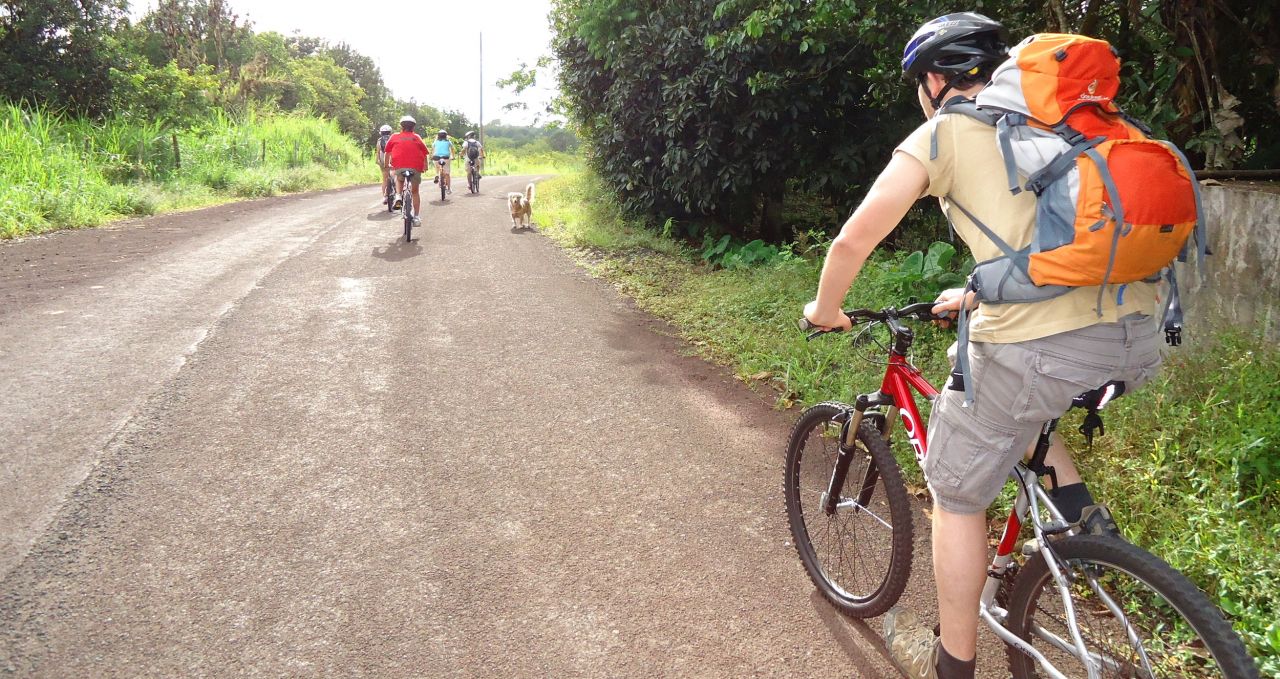
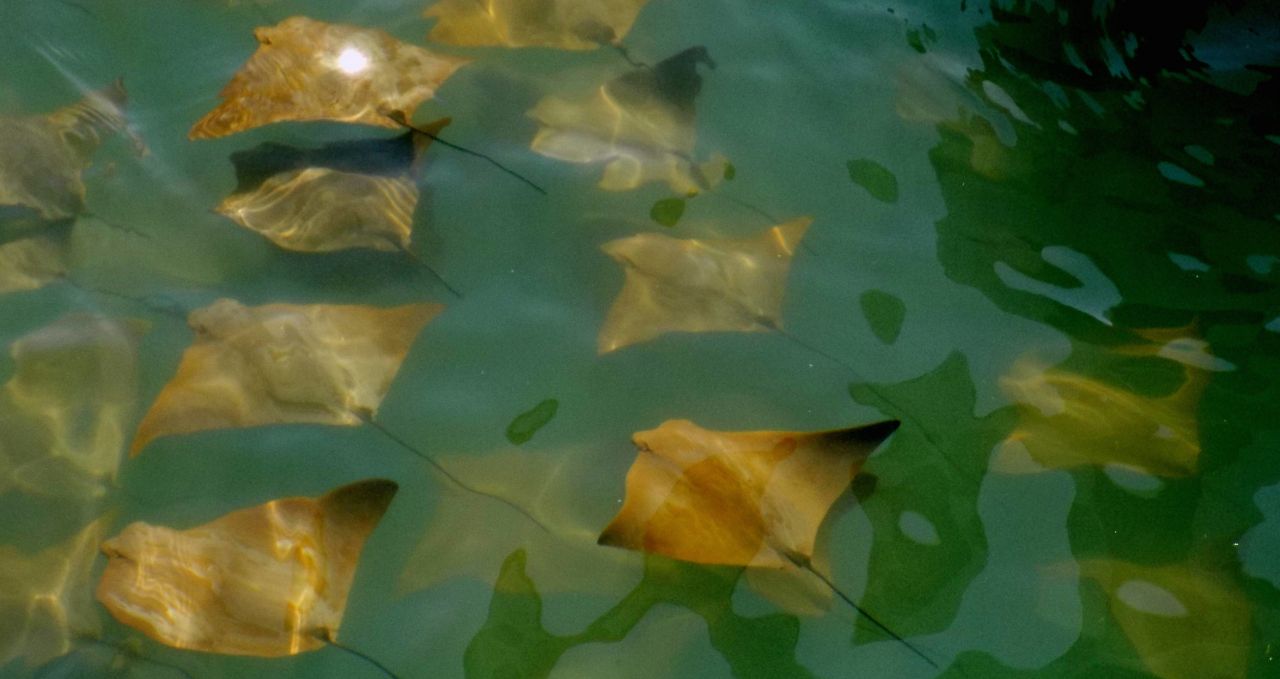
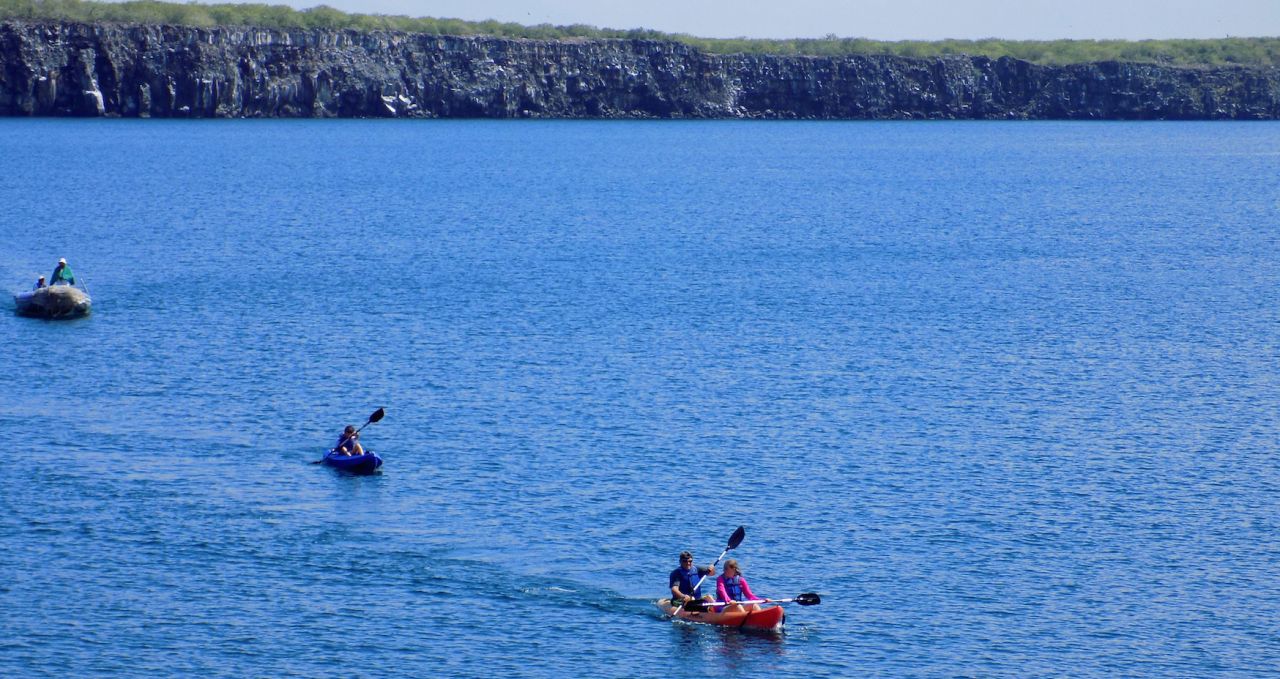
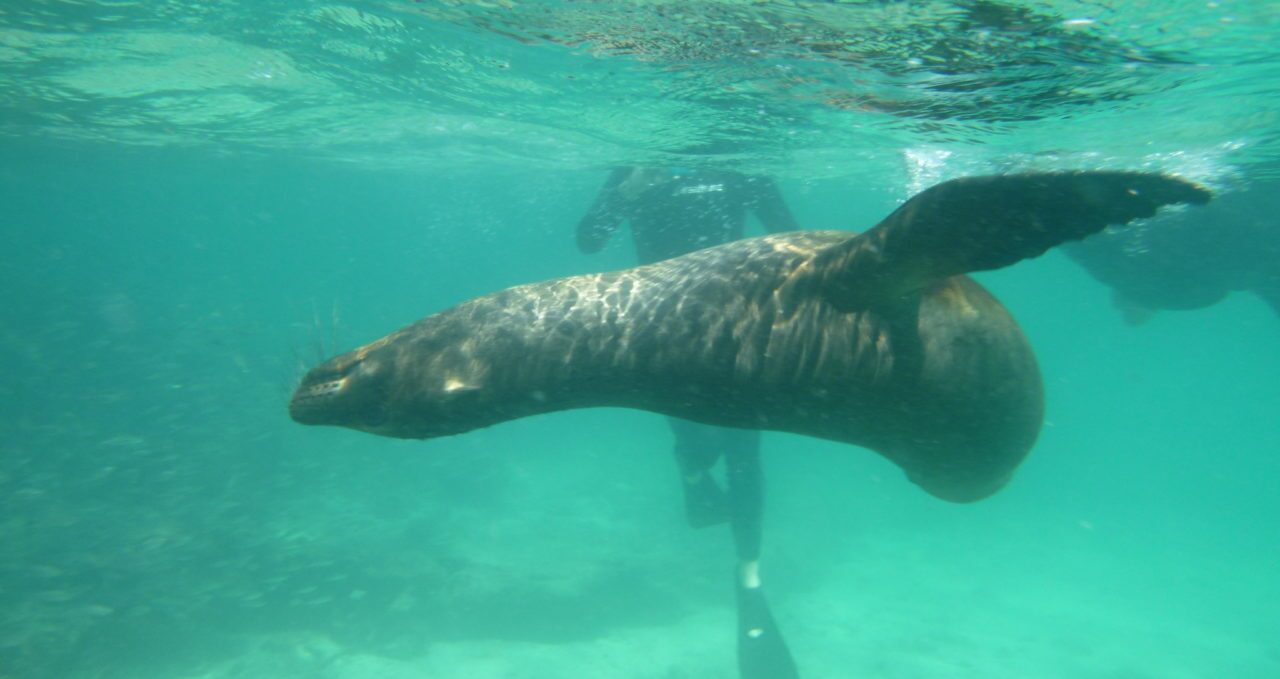
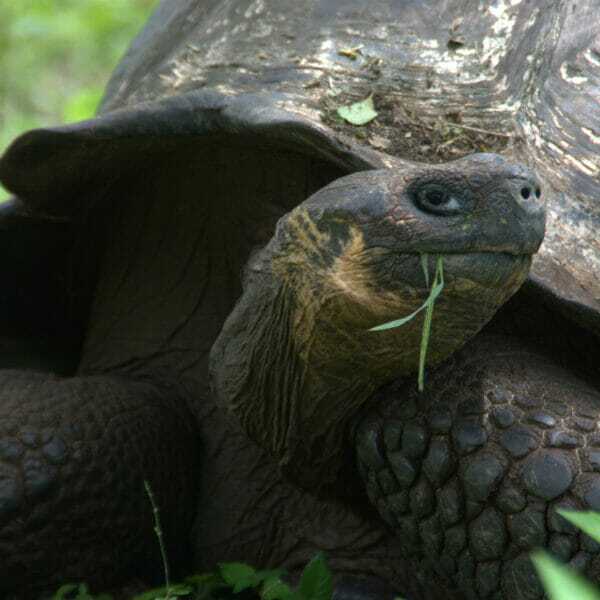
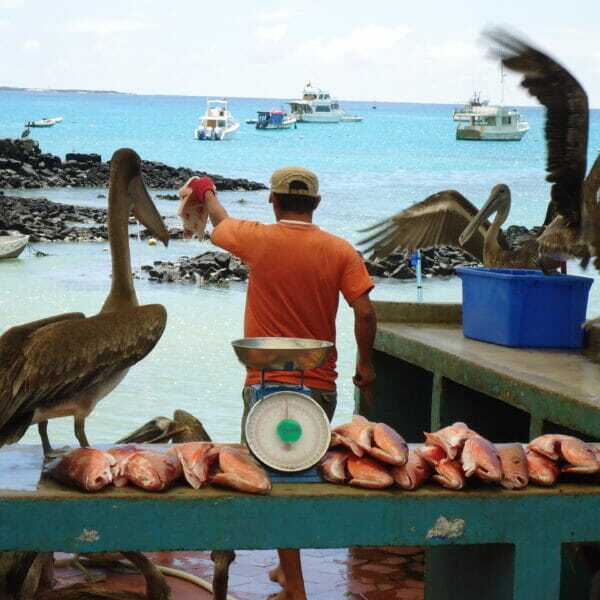
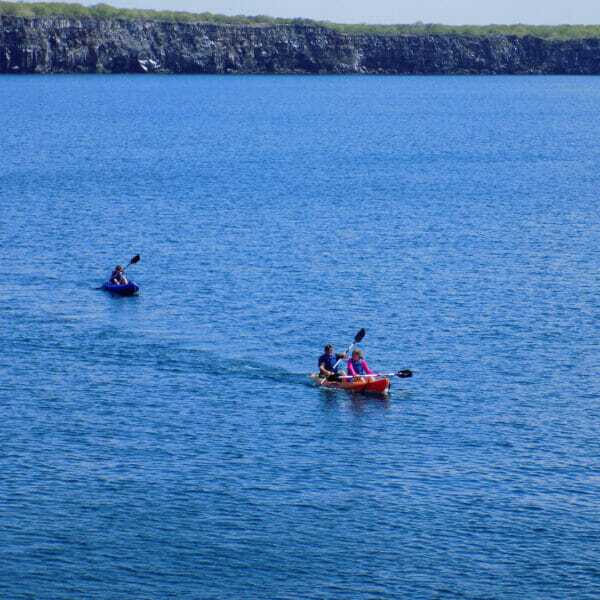
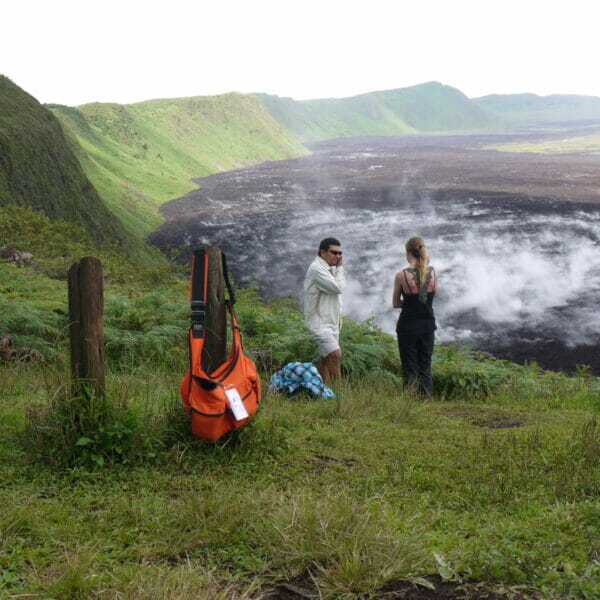
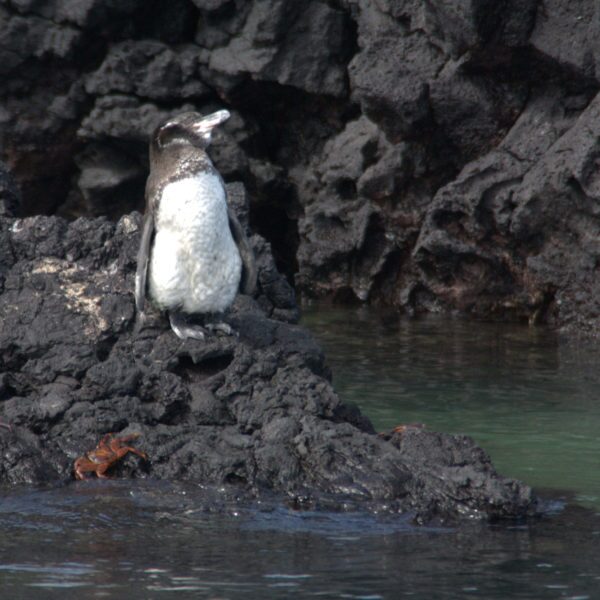
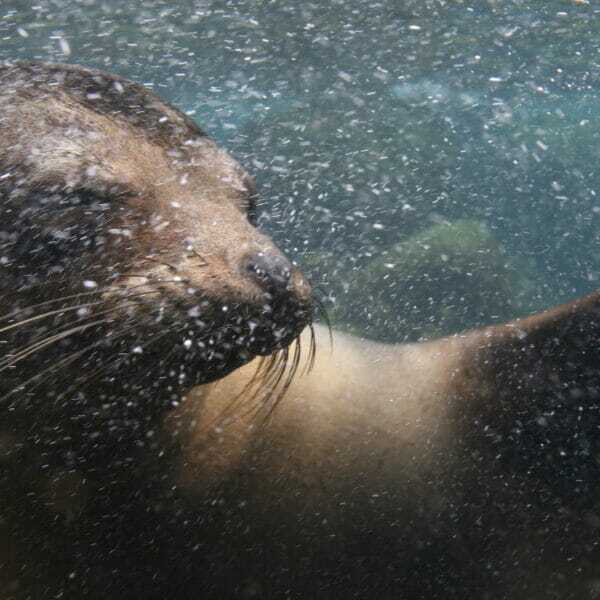
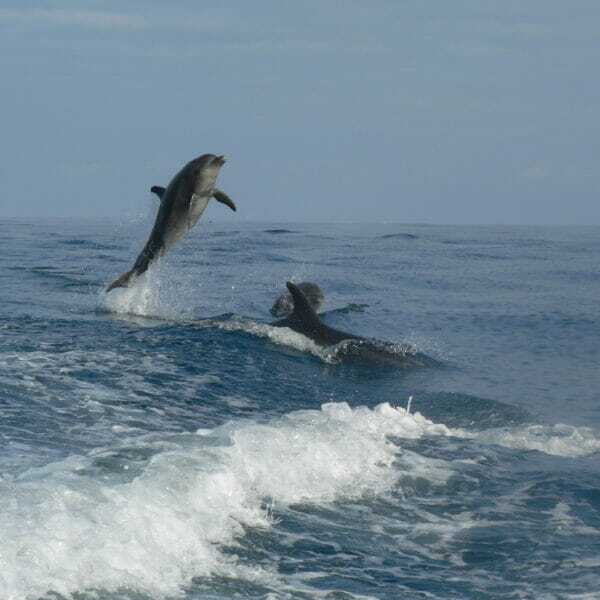
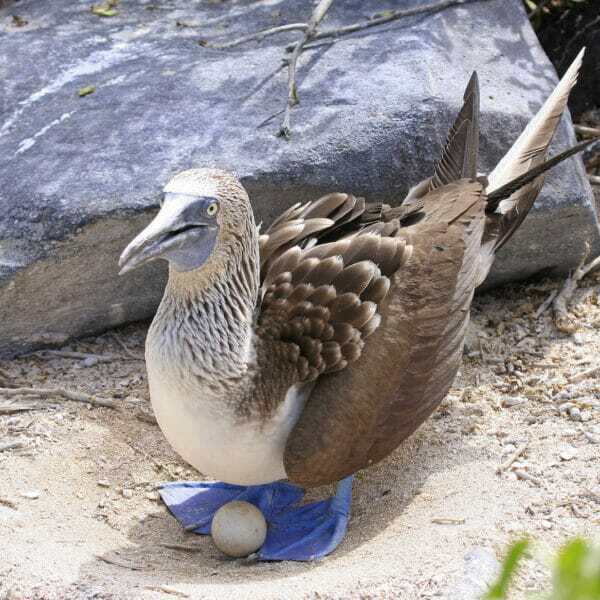
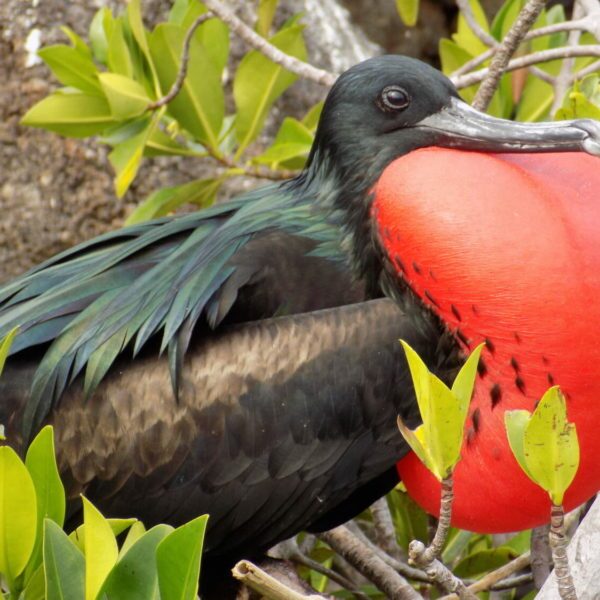
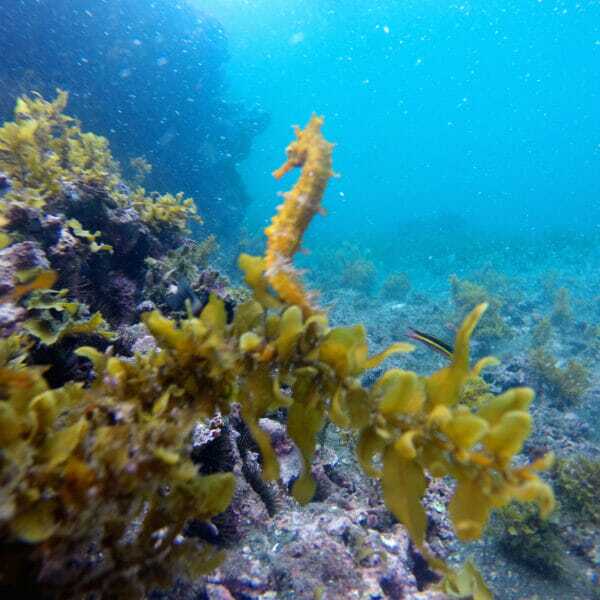
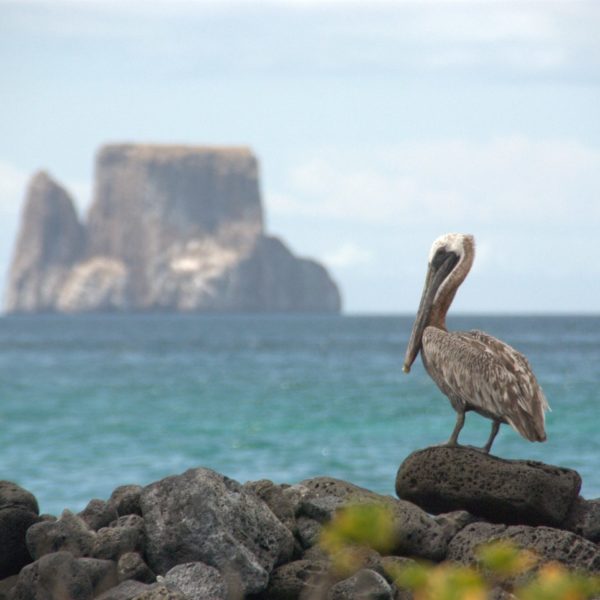
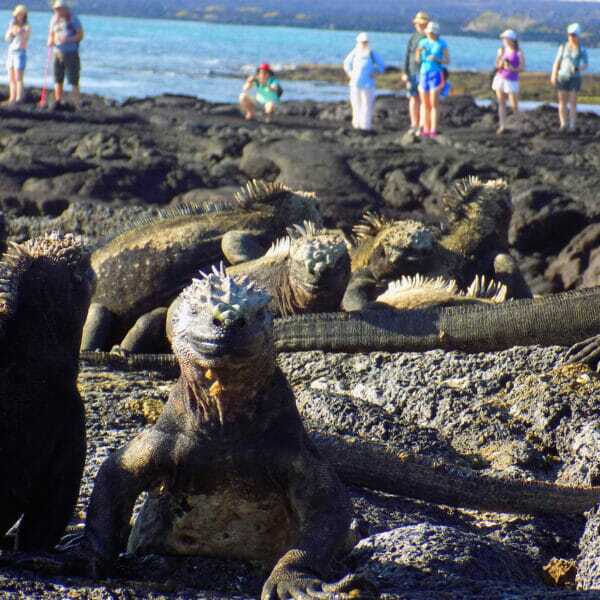
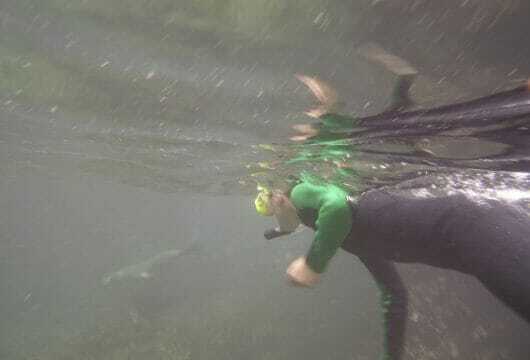
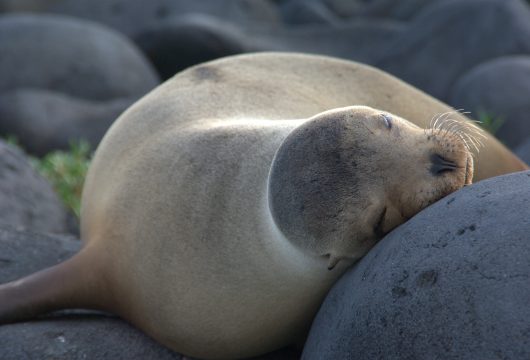

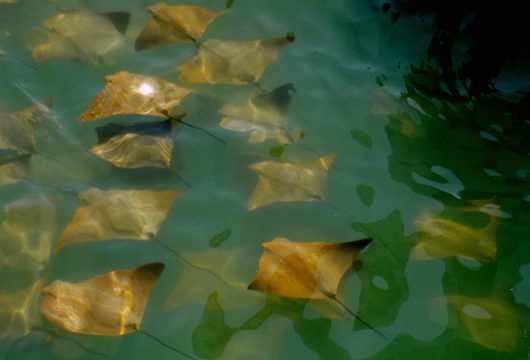
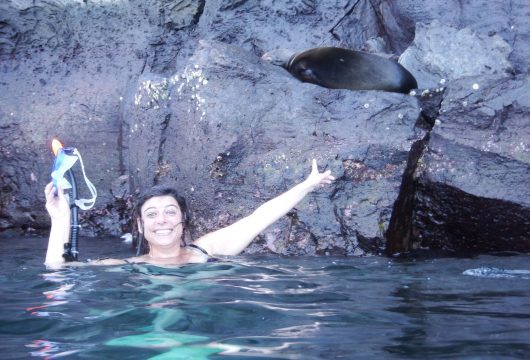
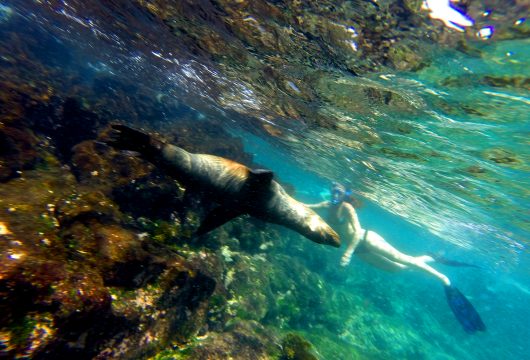
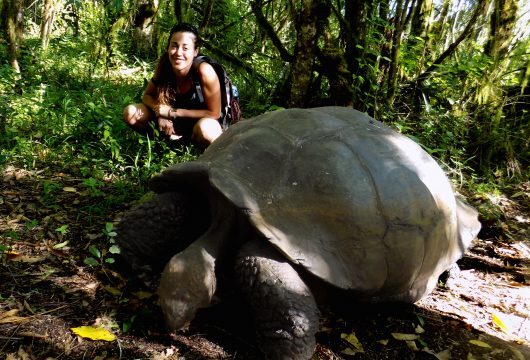
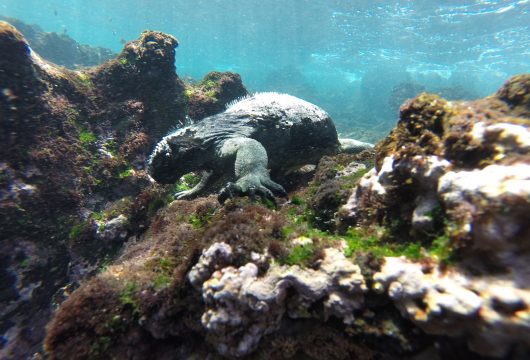
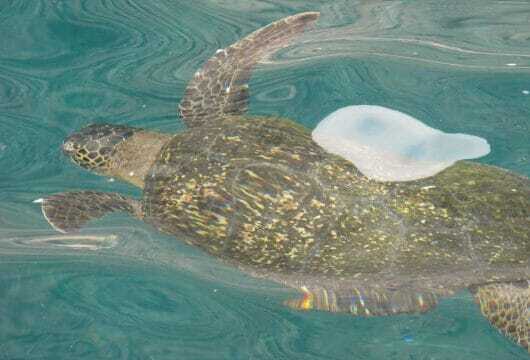
 a Group Tour
a Group Tour  a Tailor Made Tour
a Tailor Made Tour 